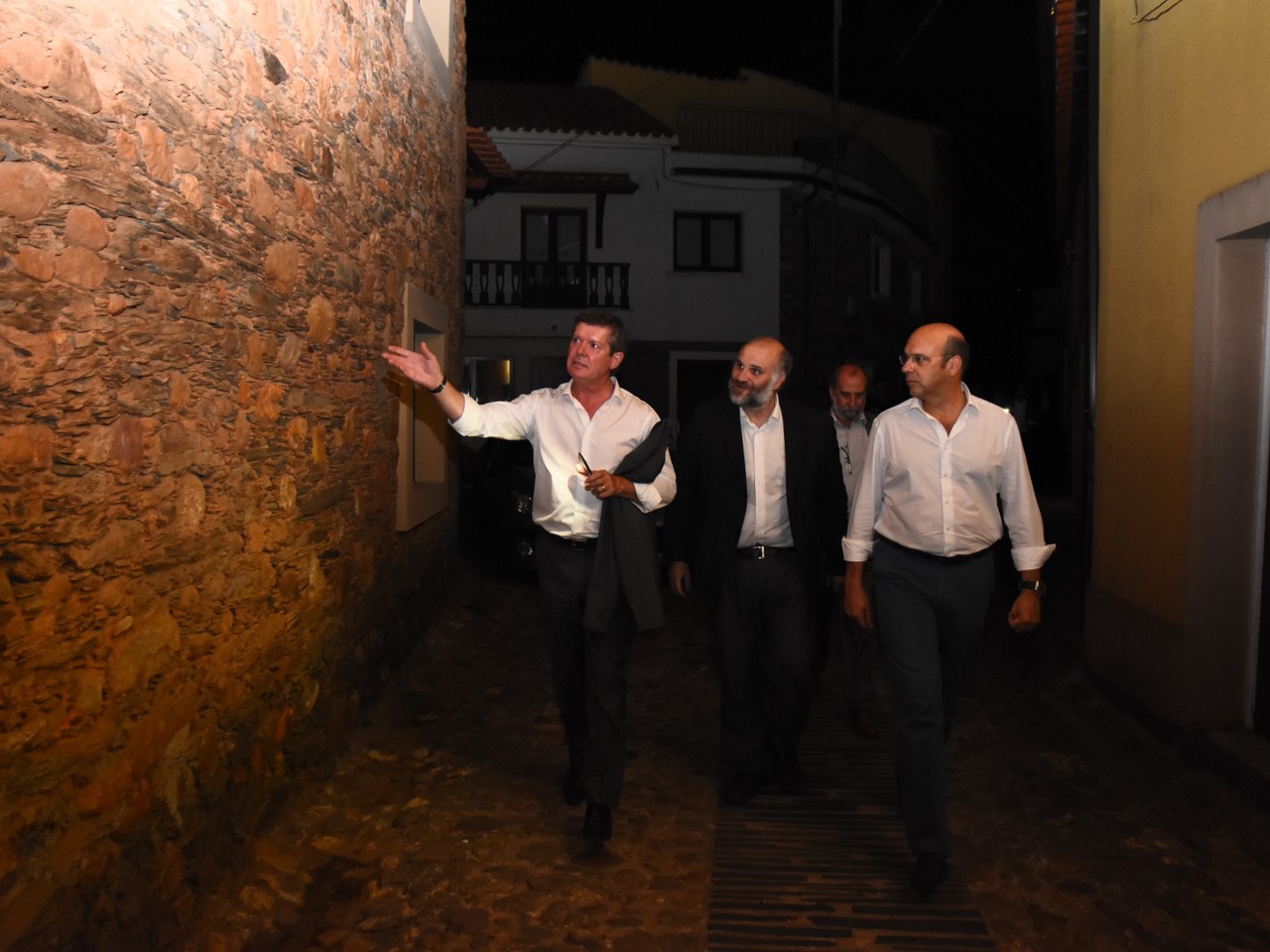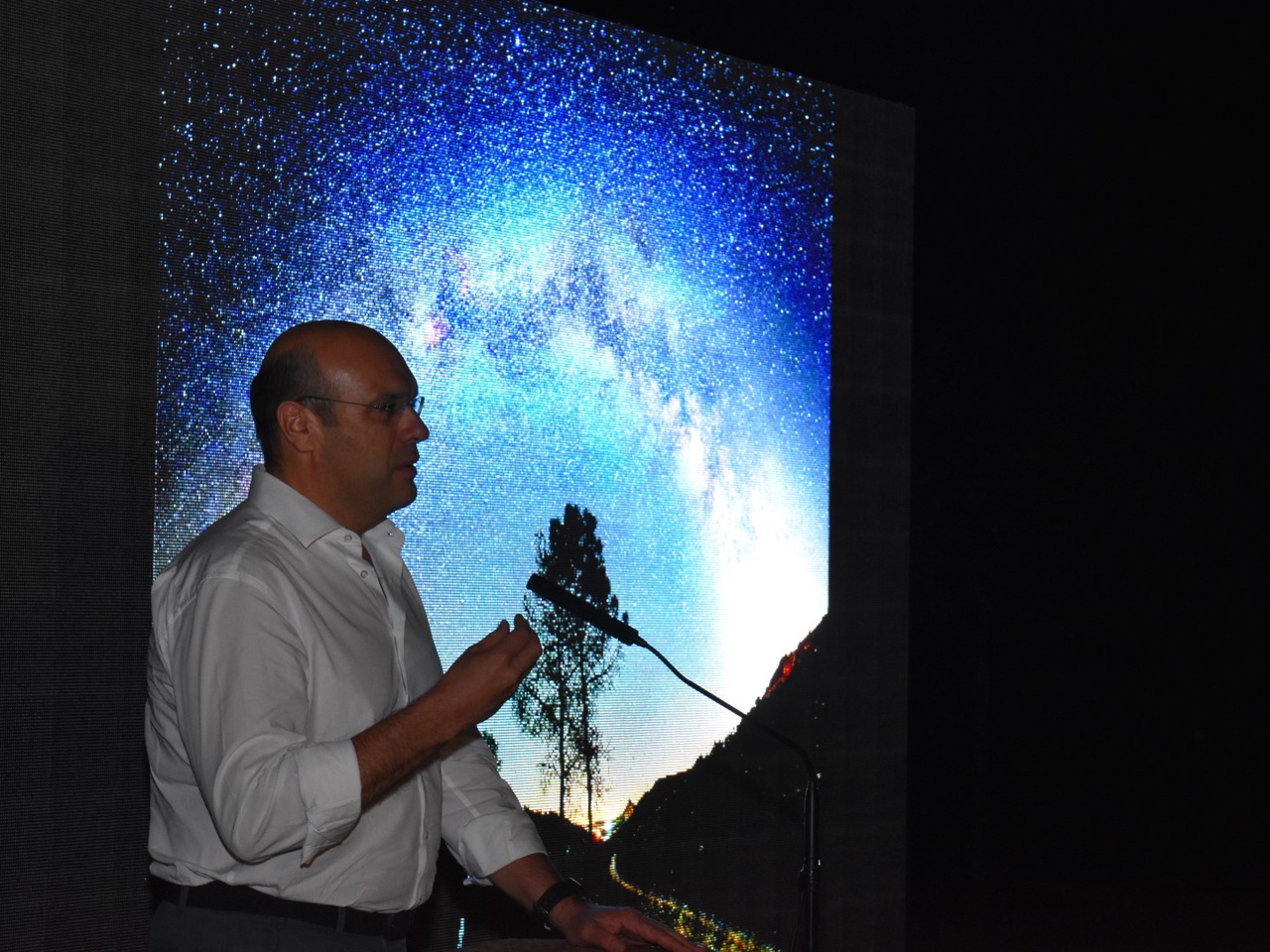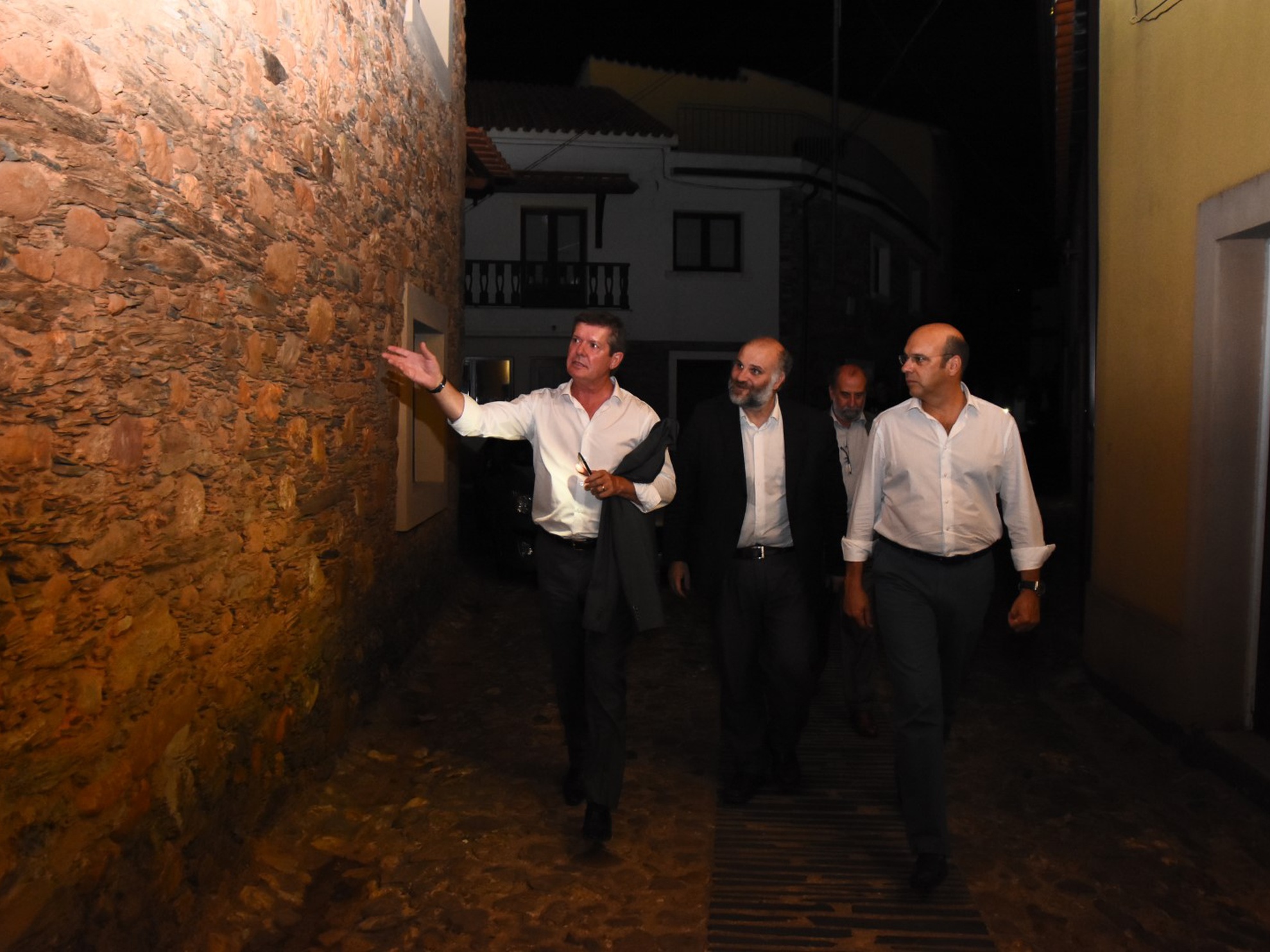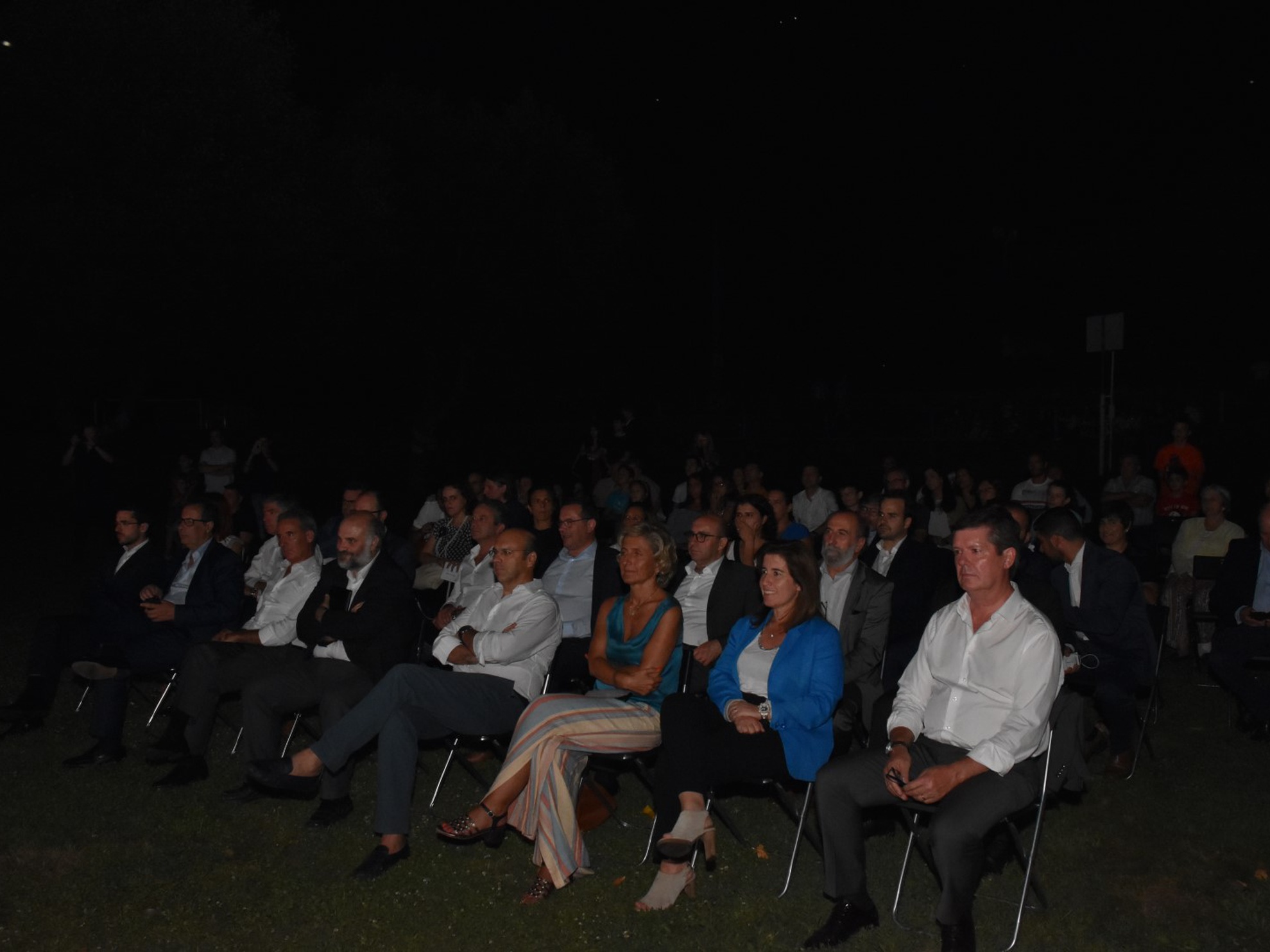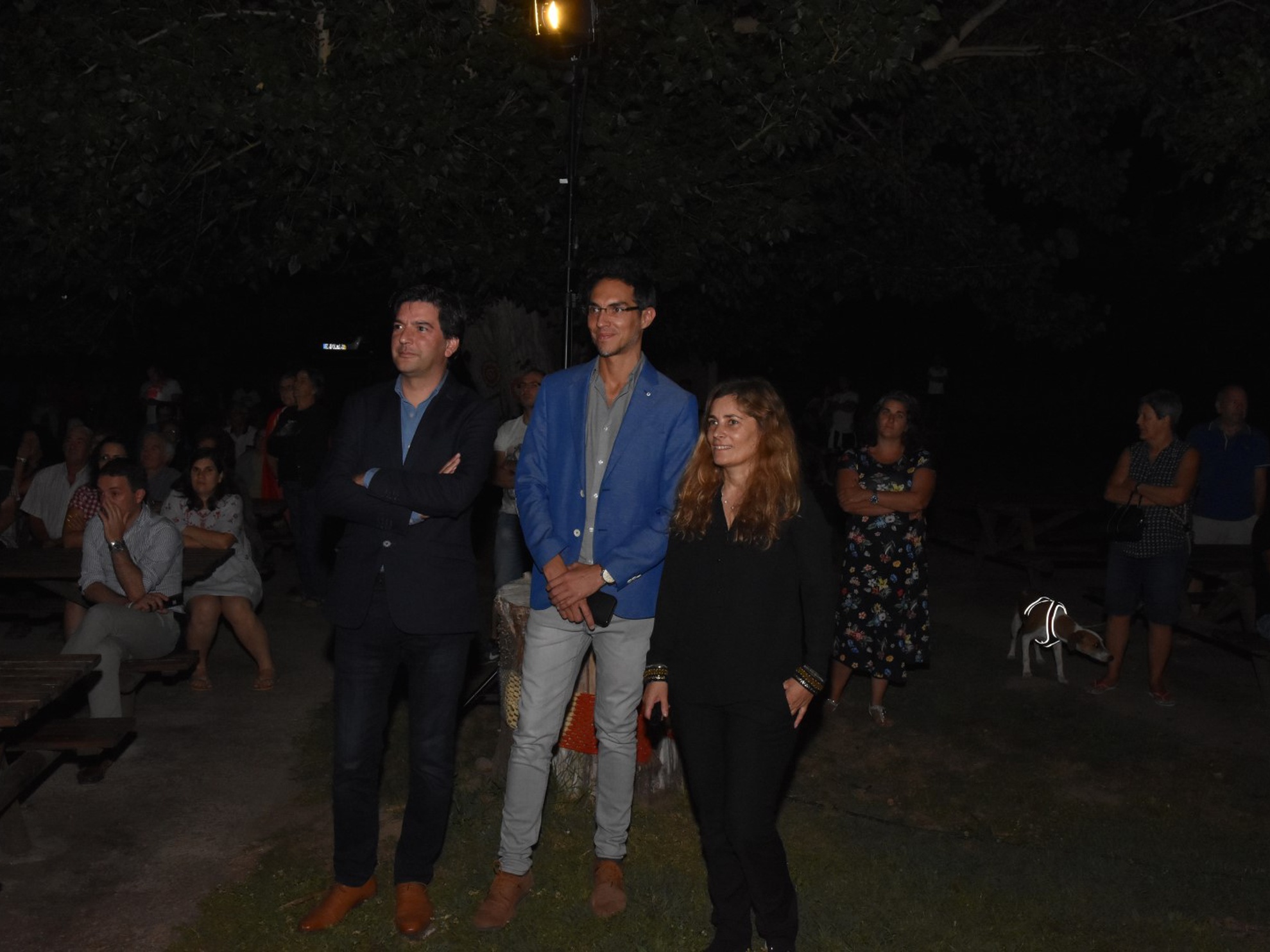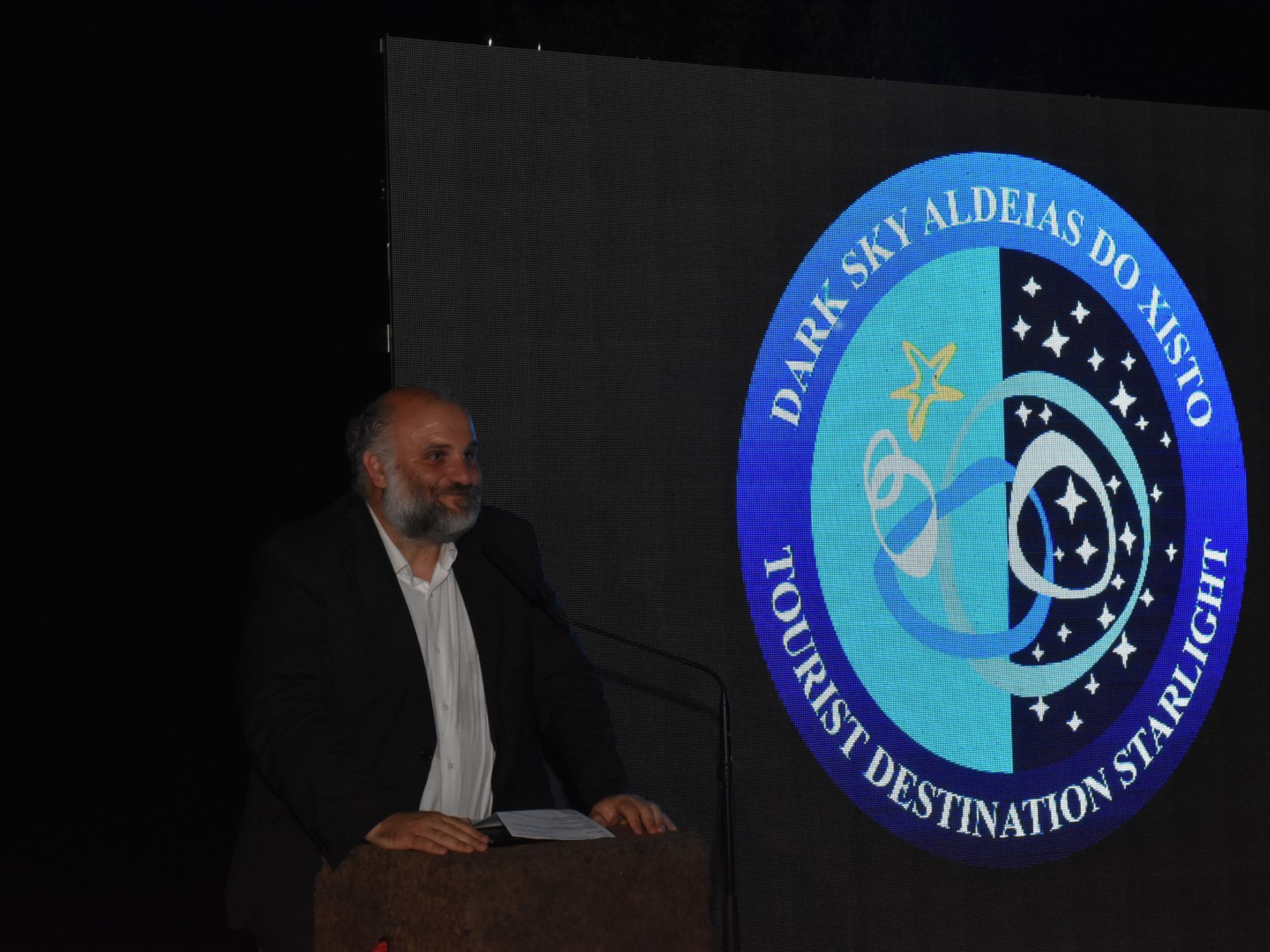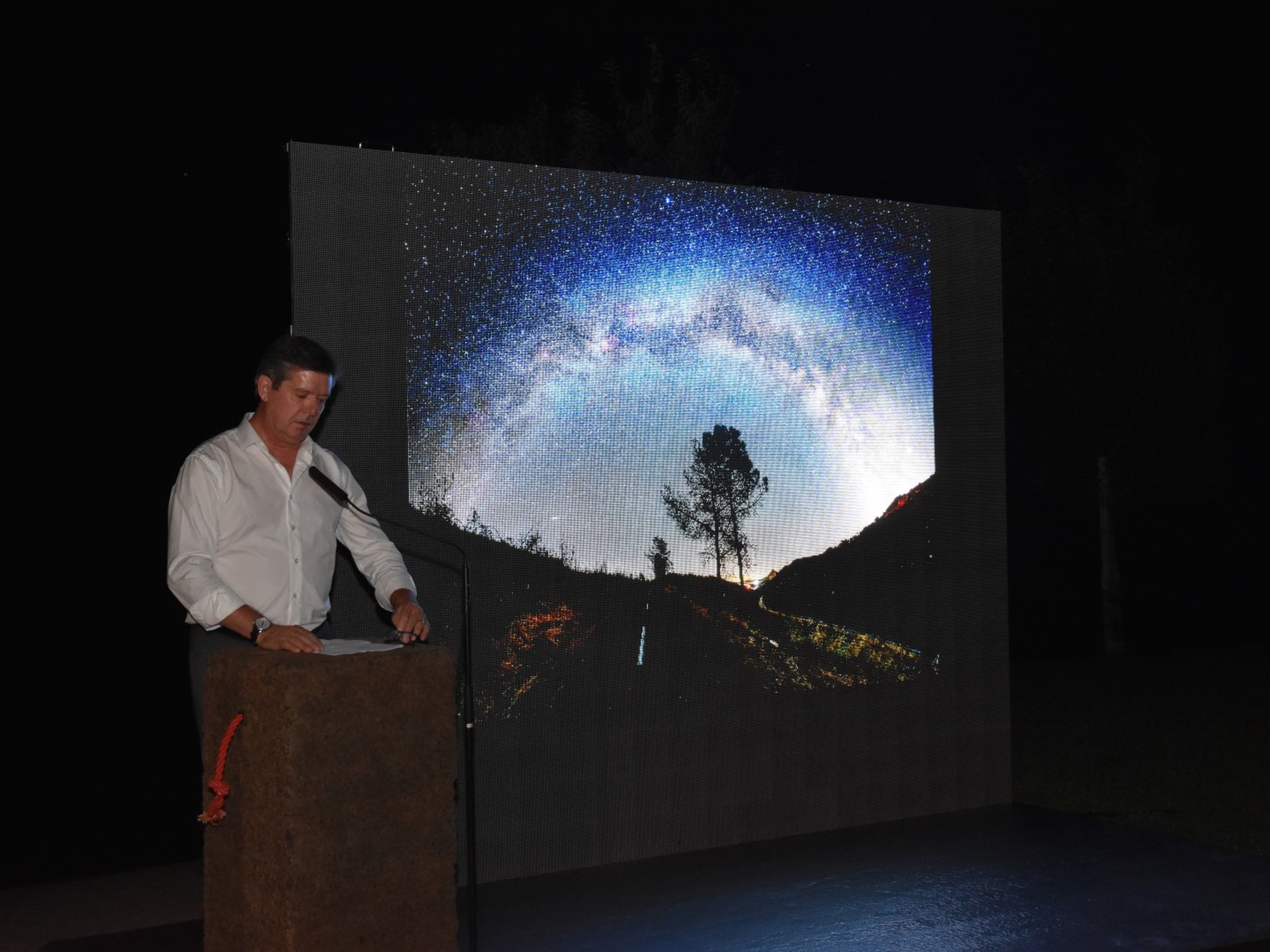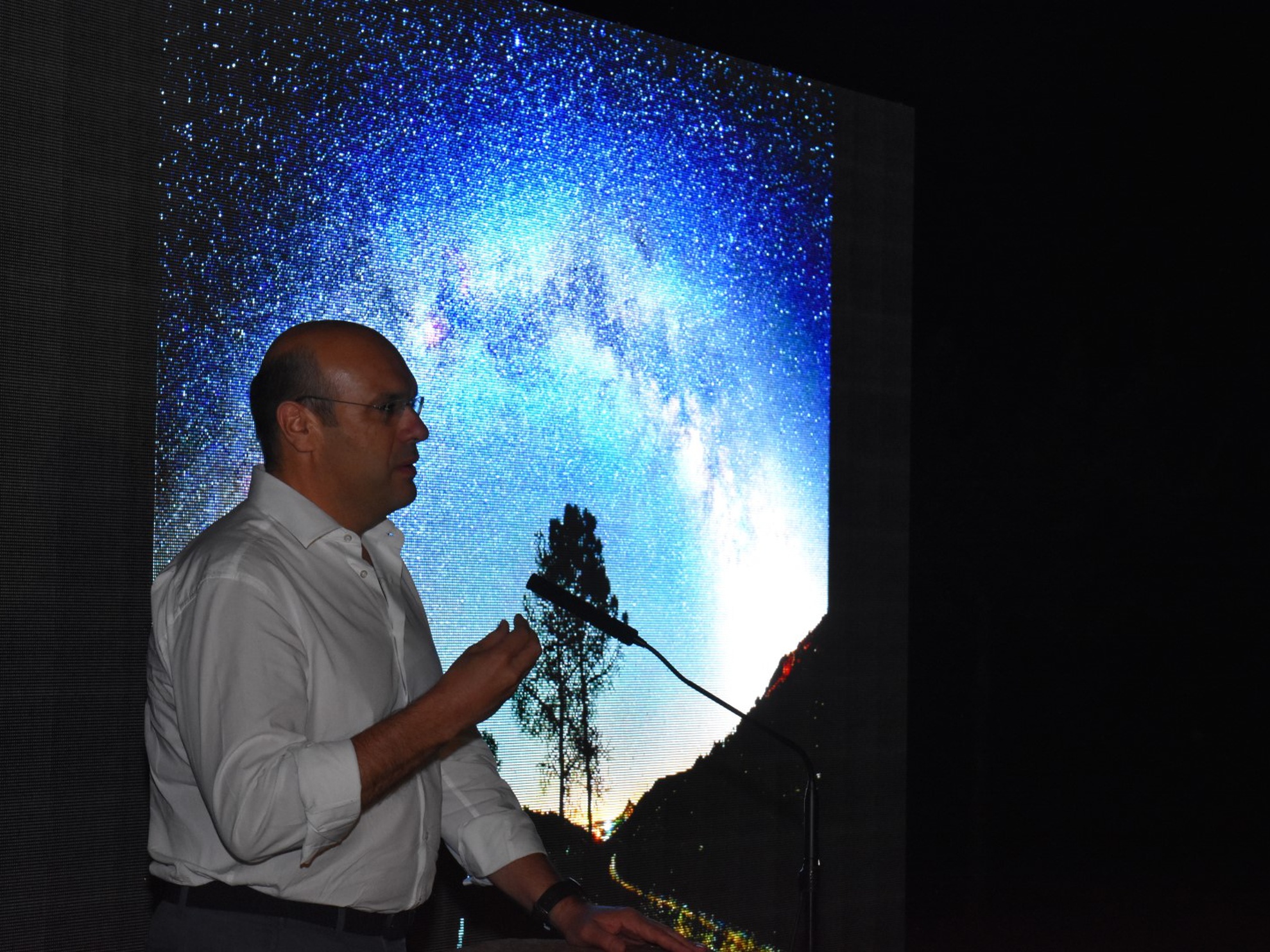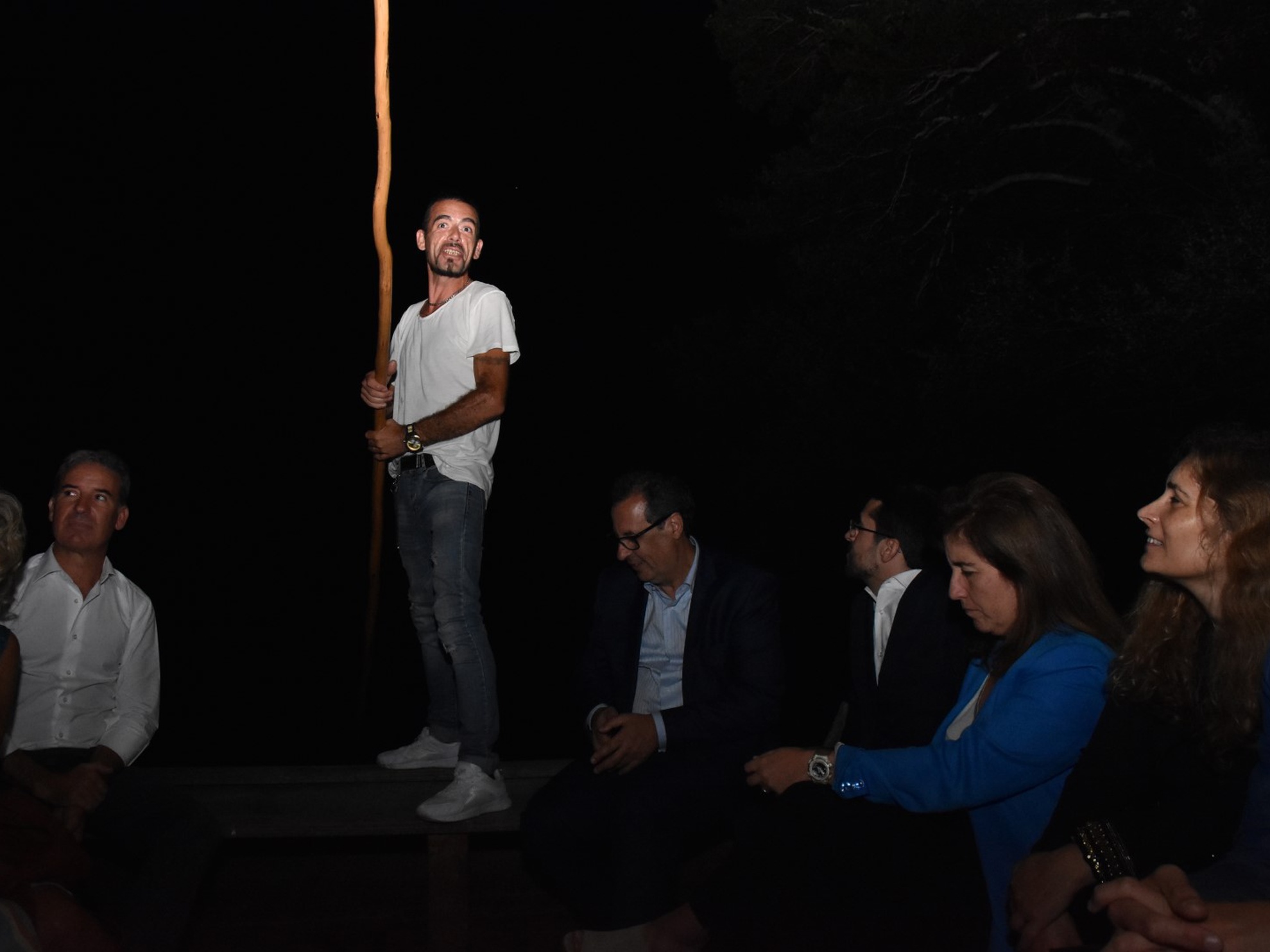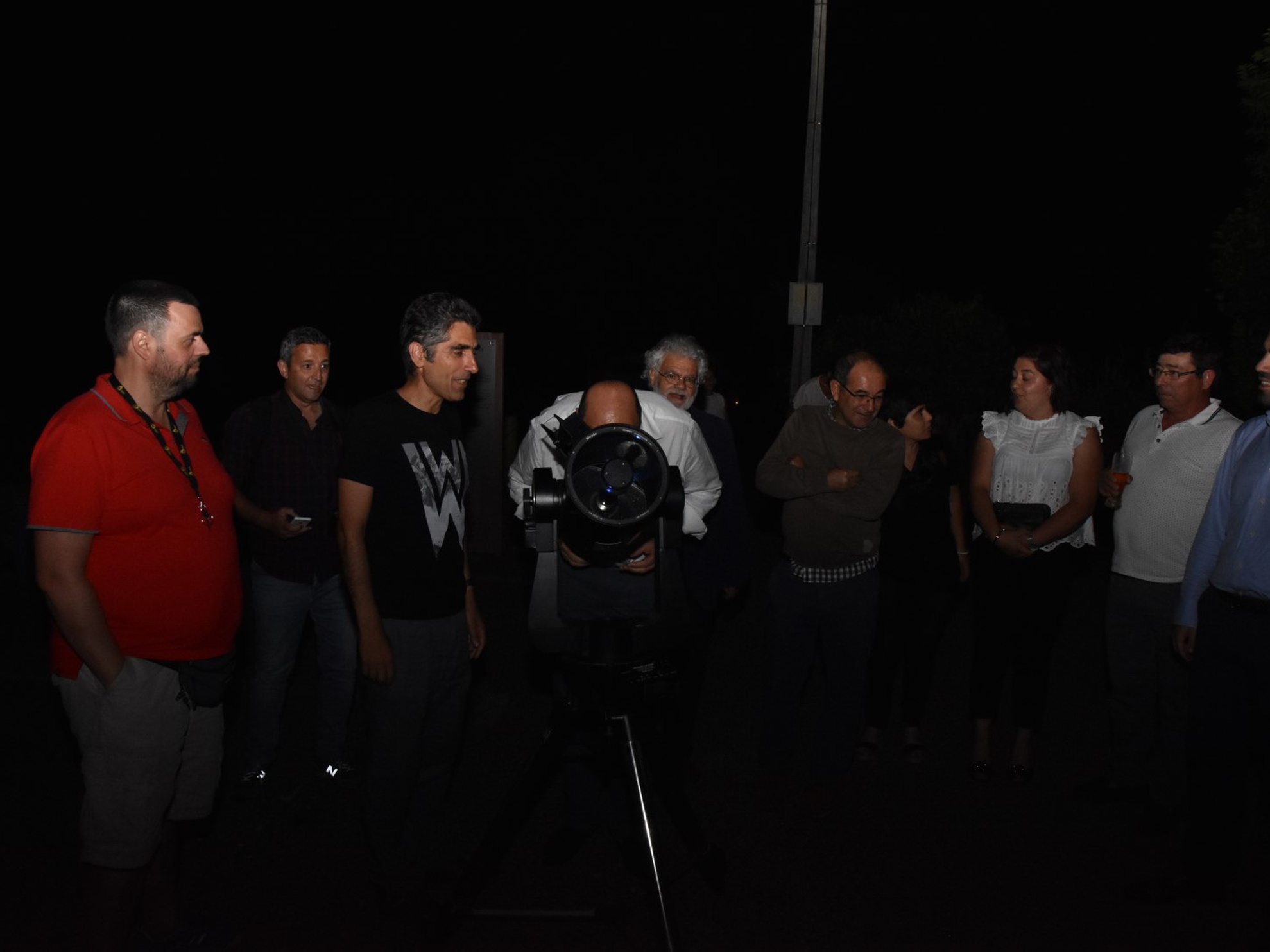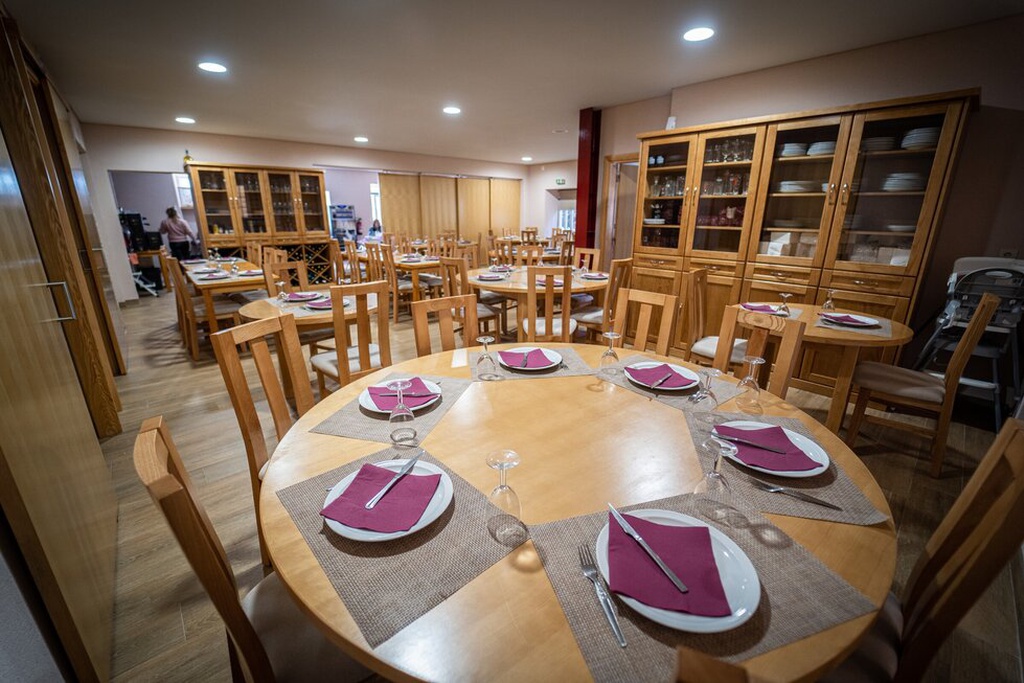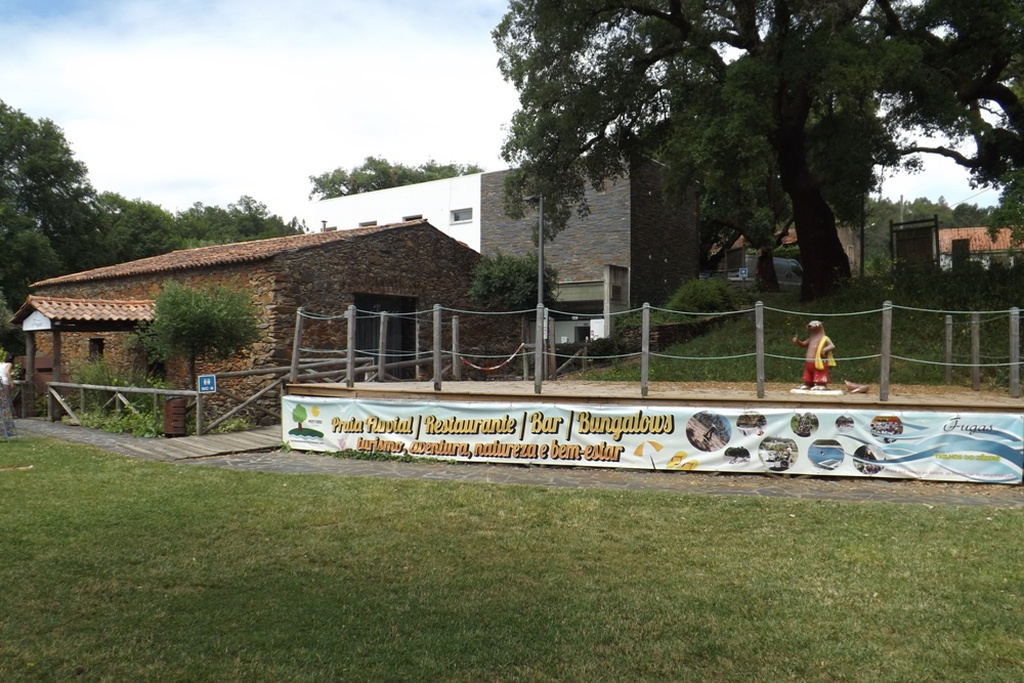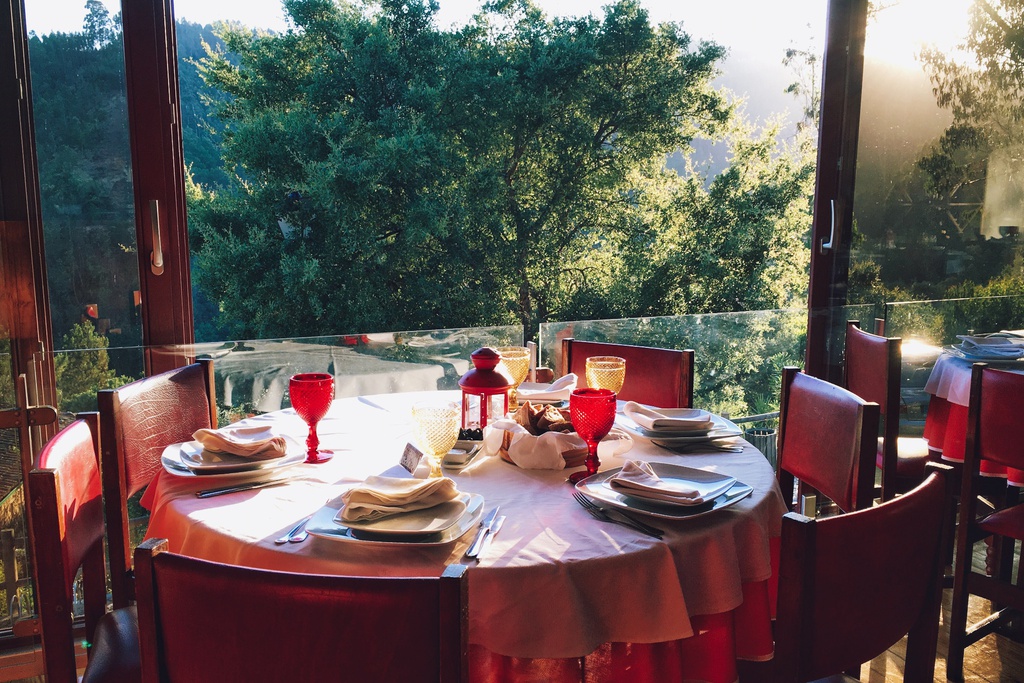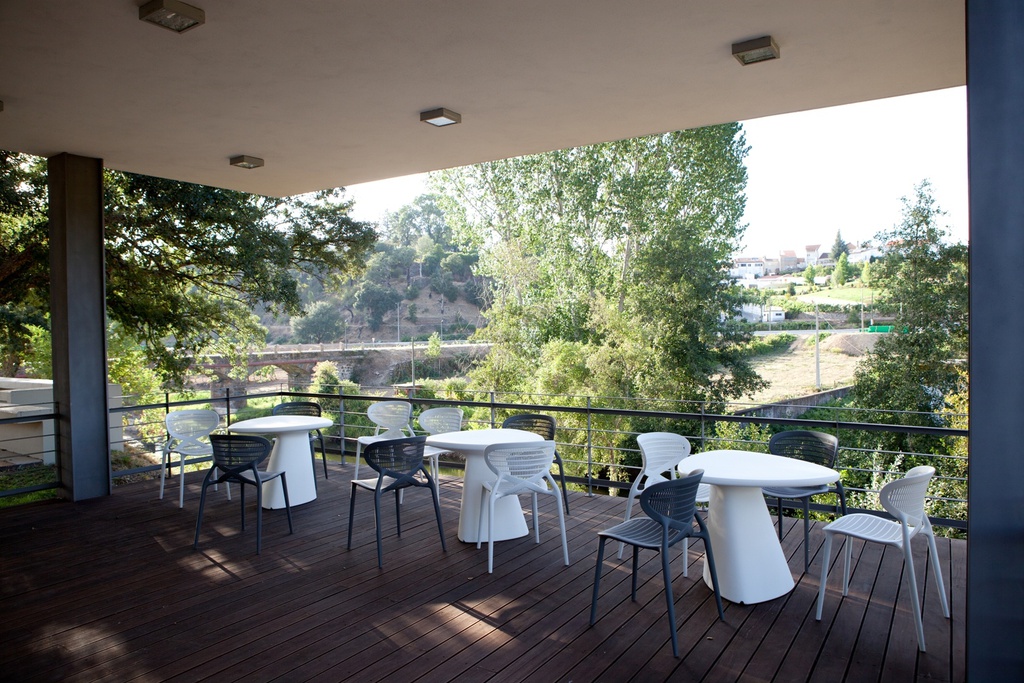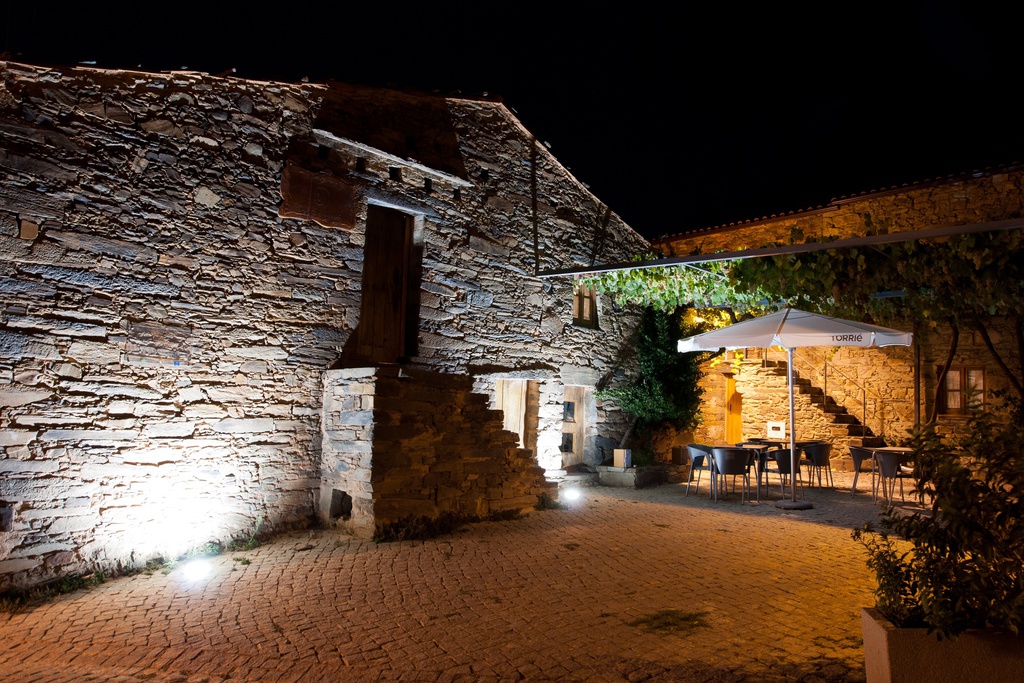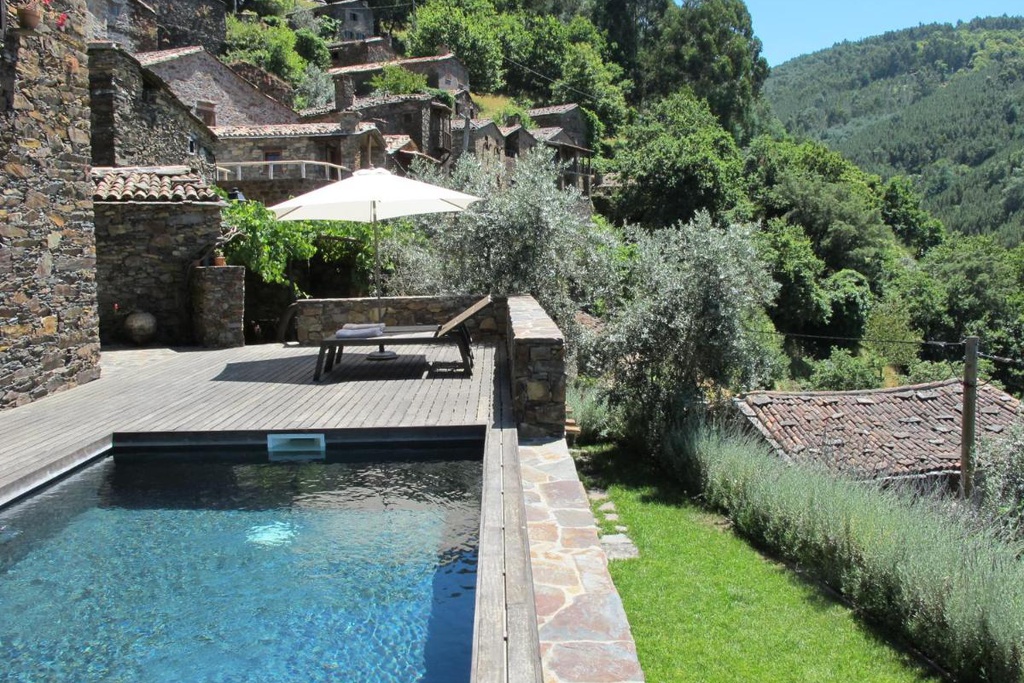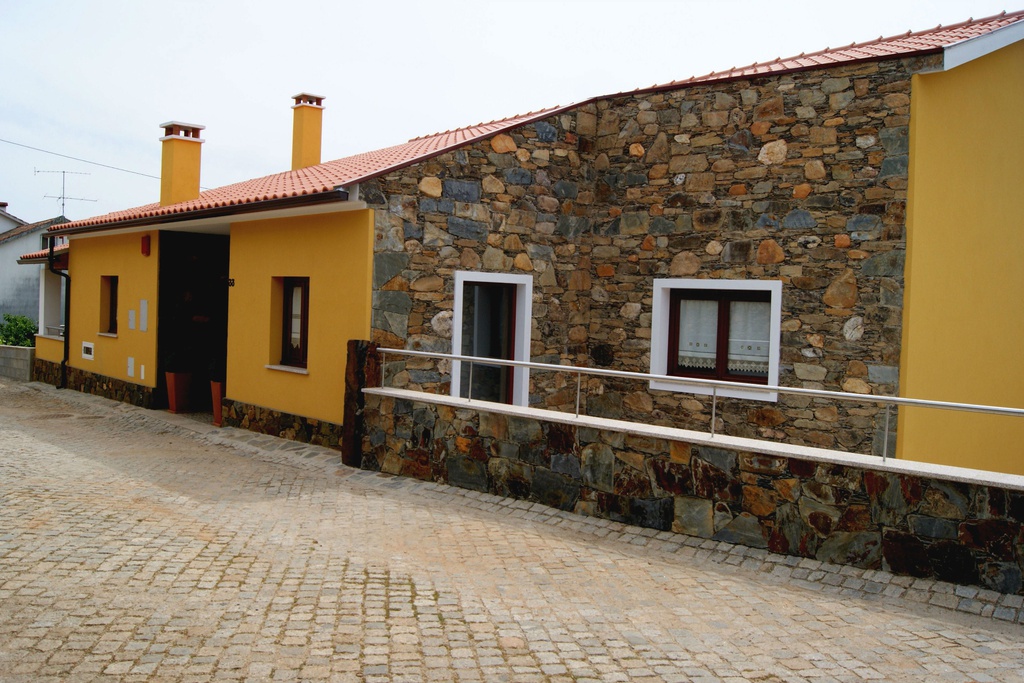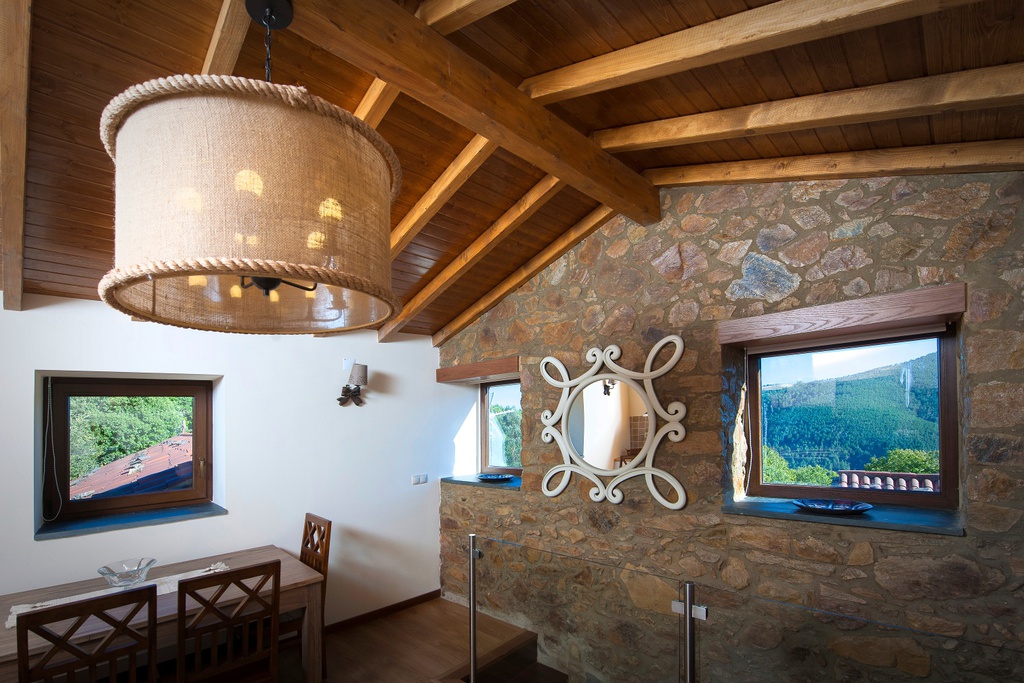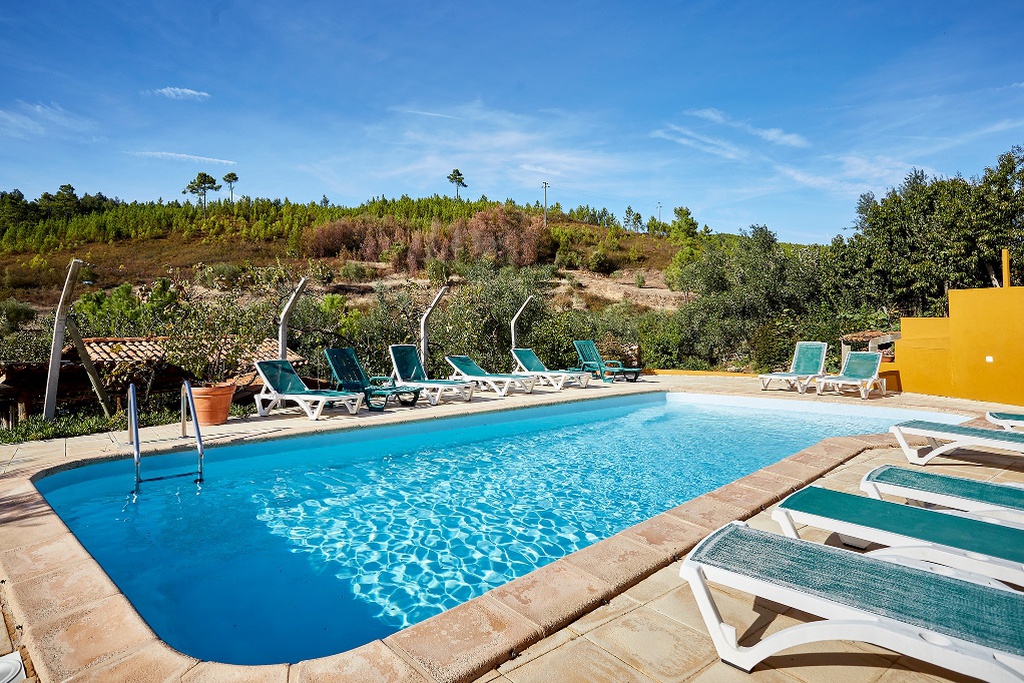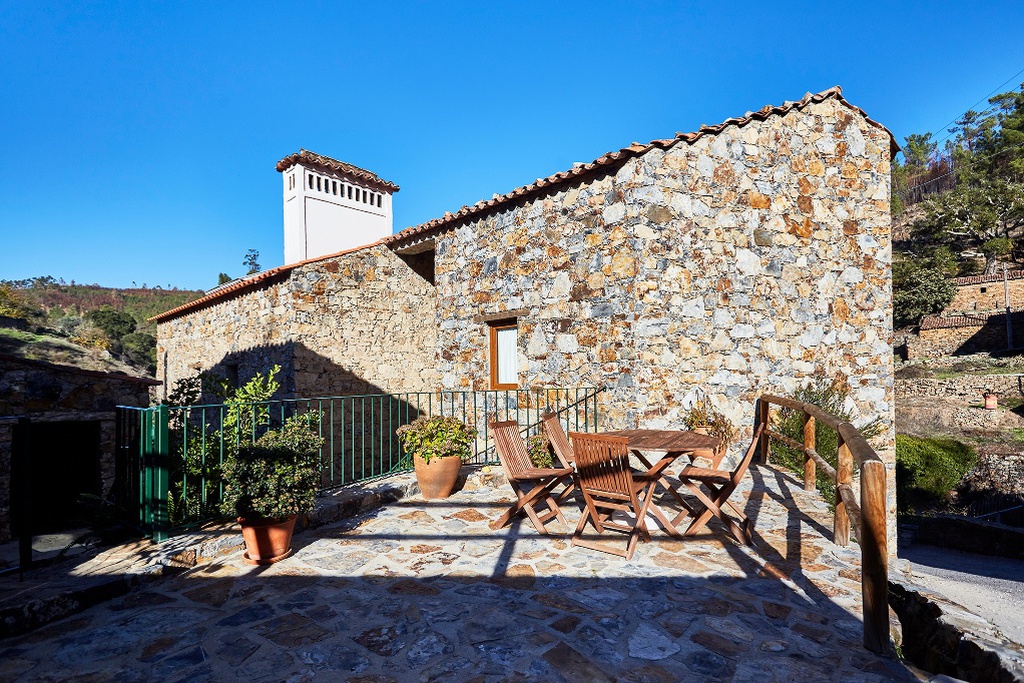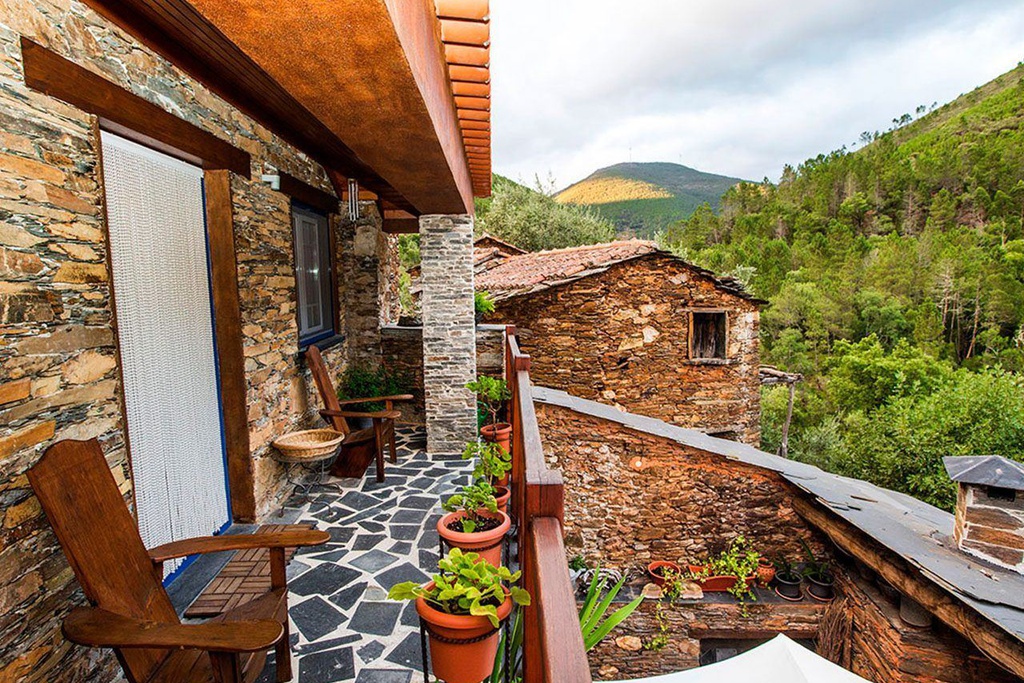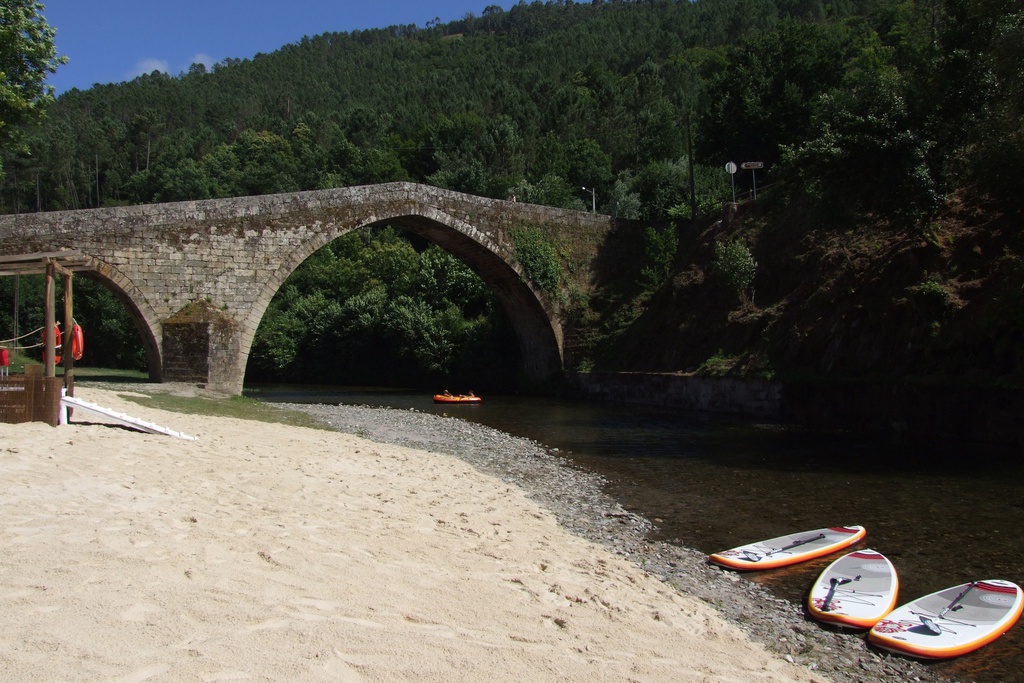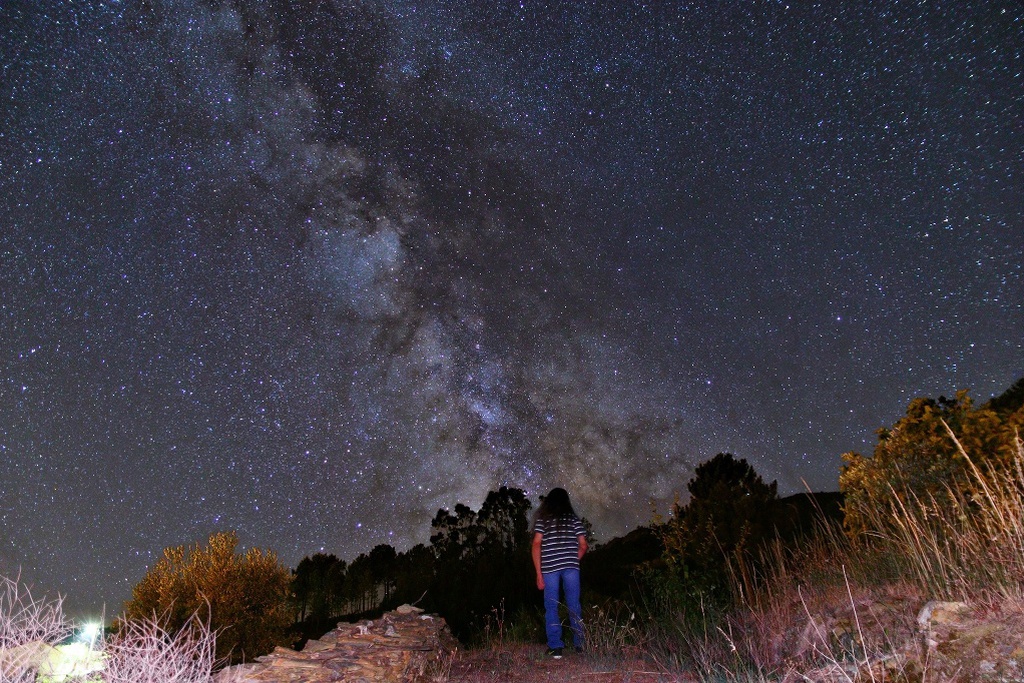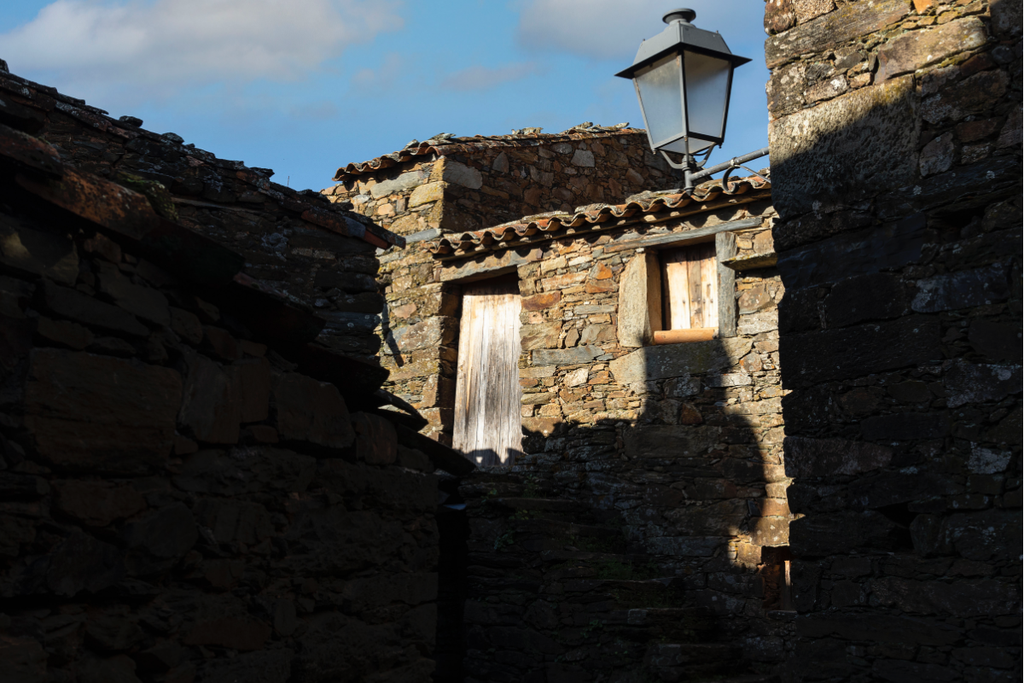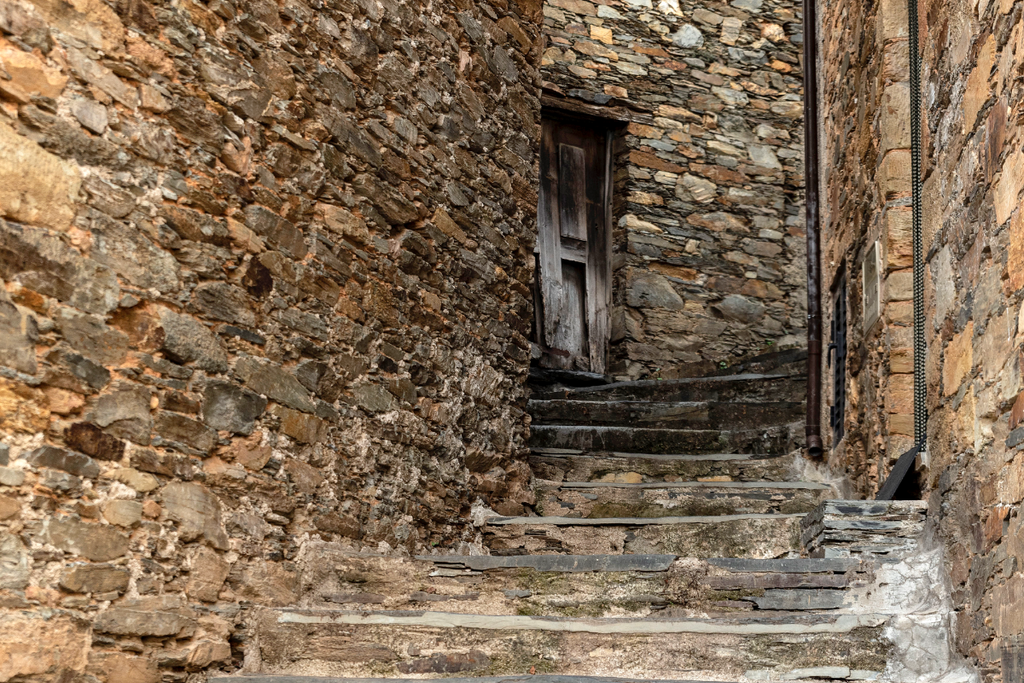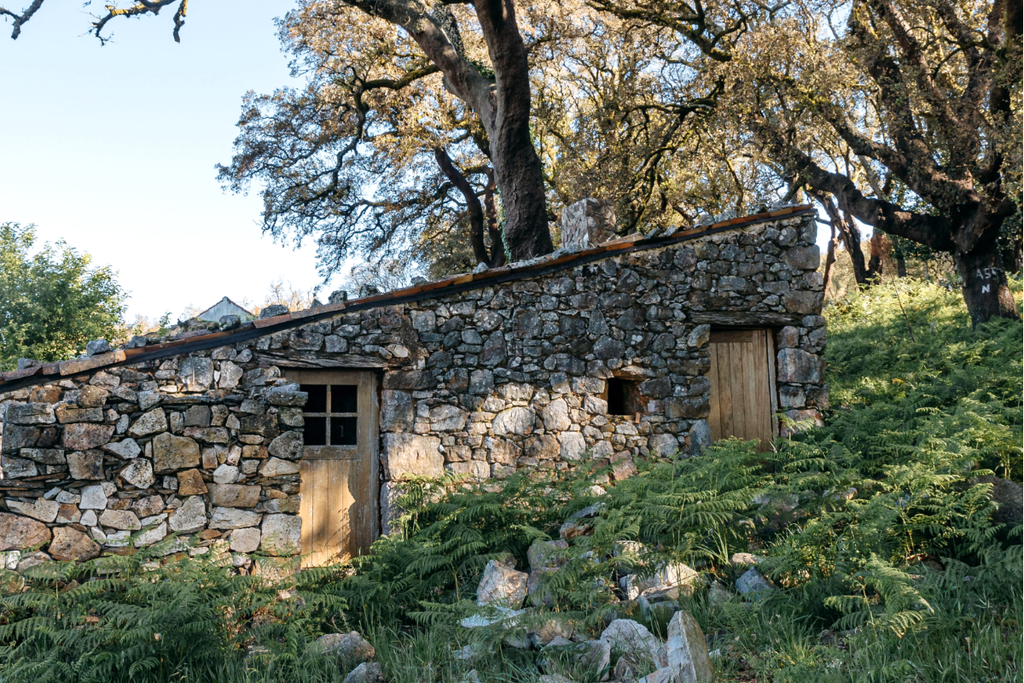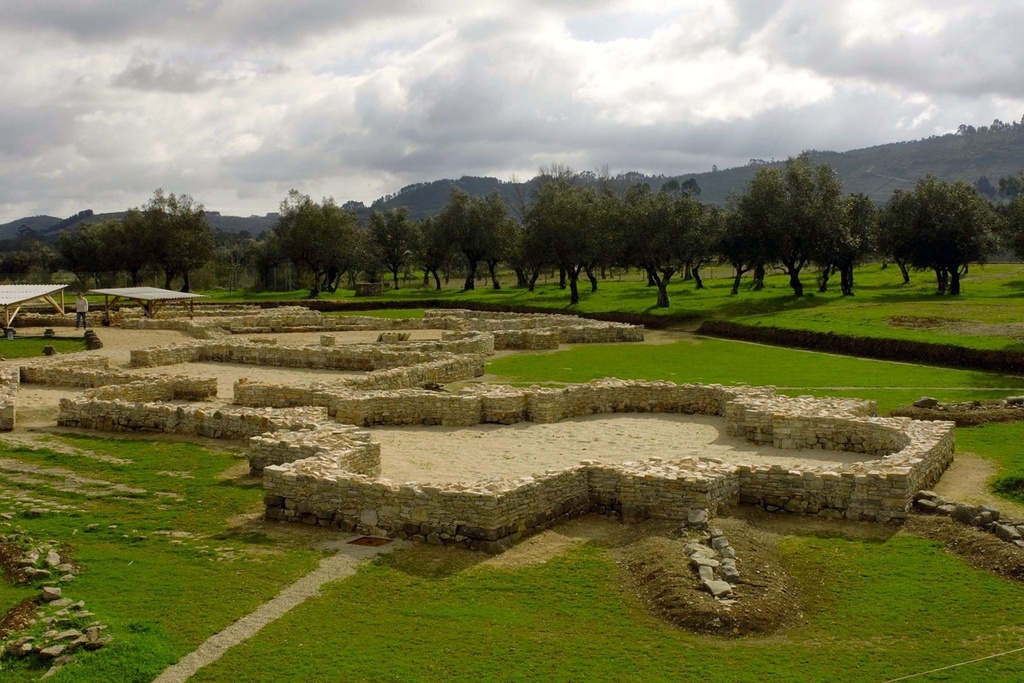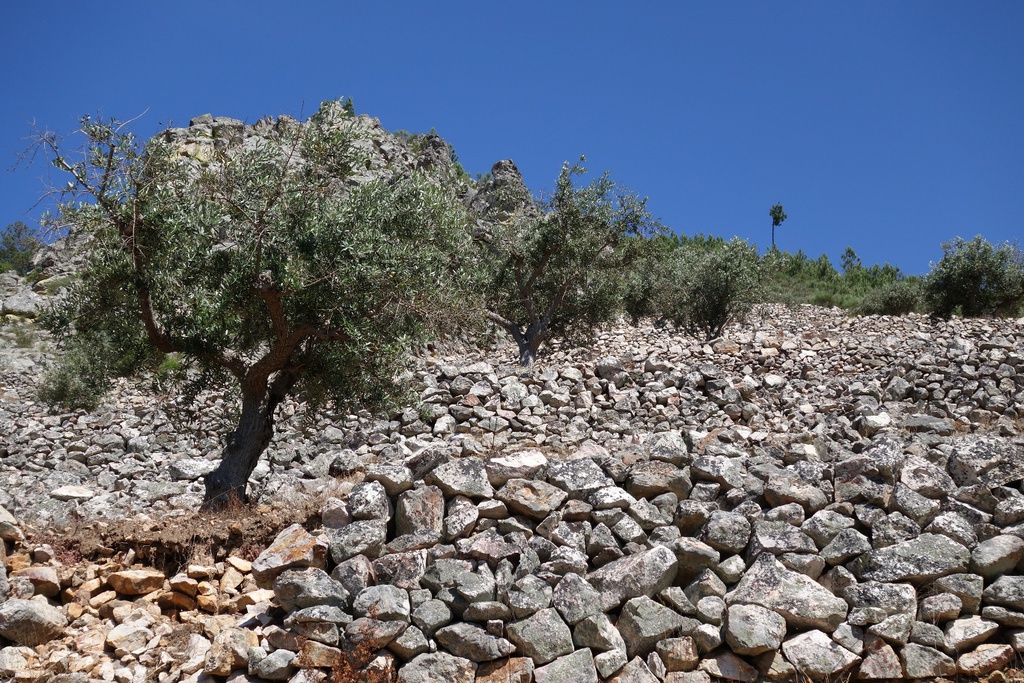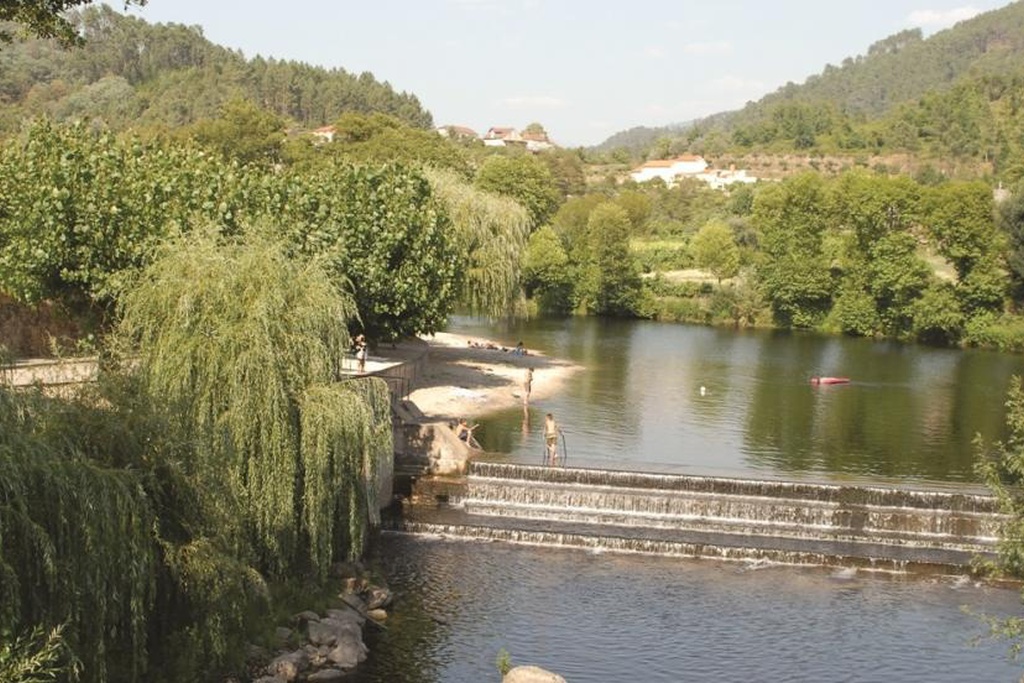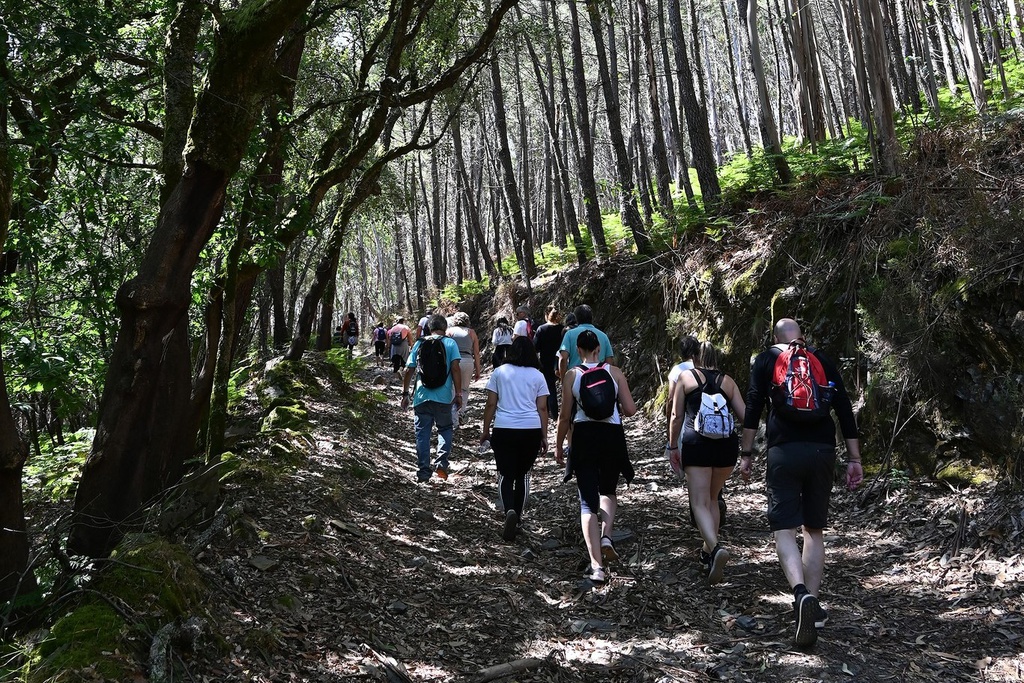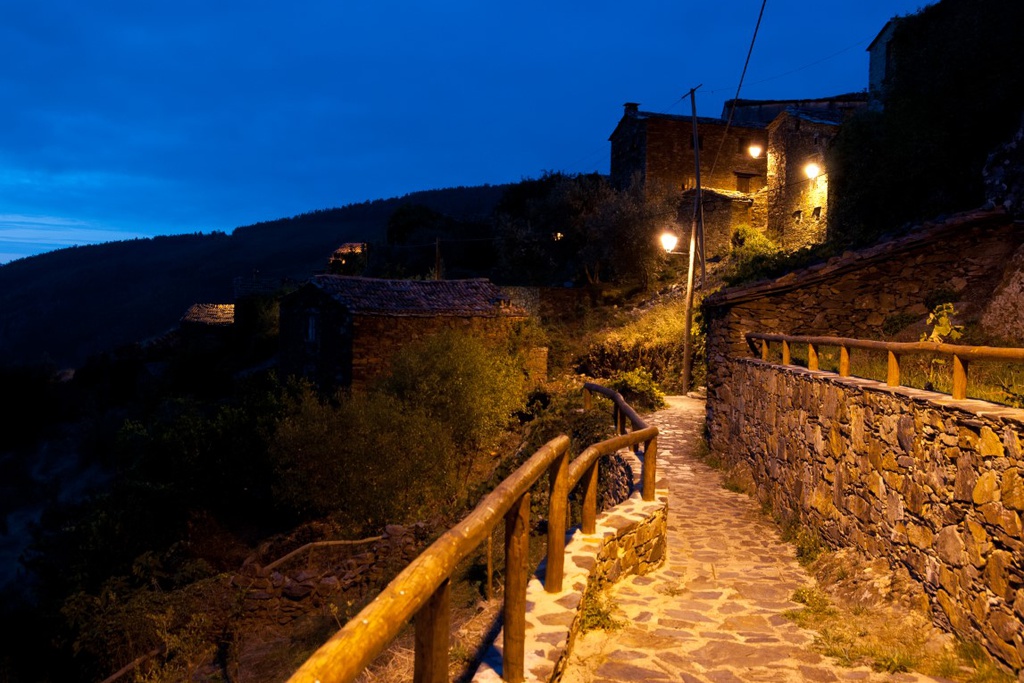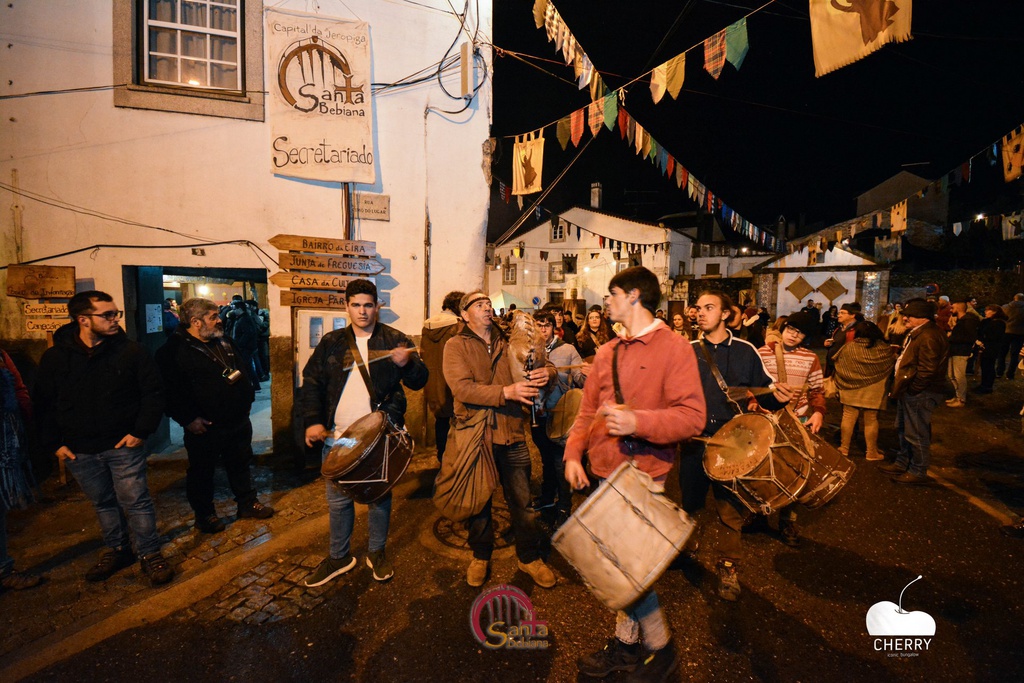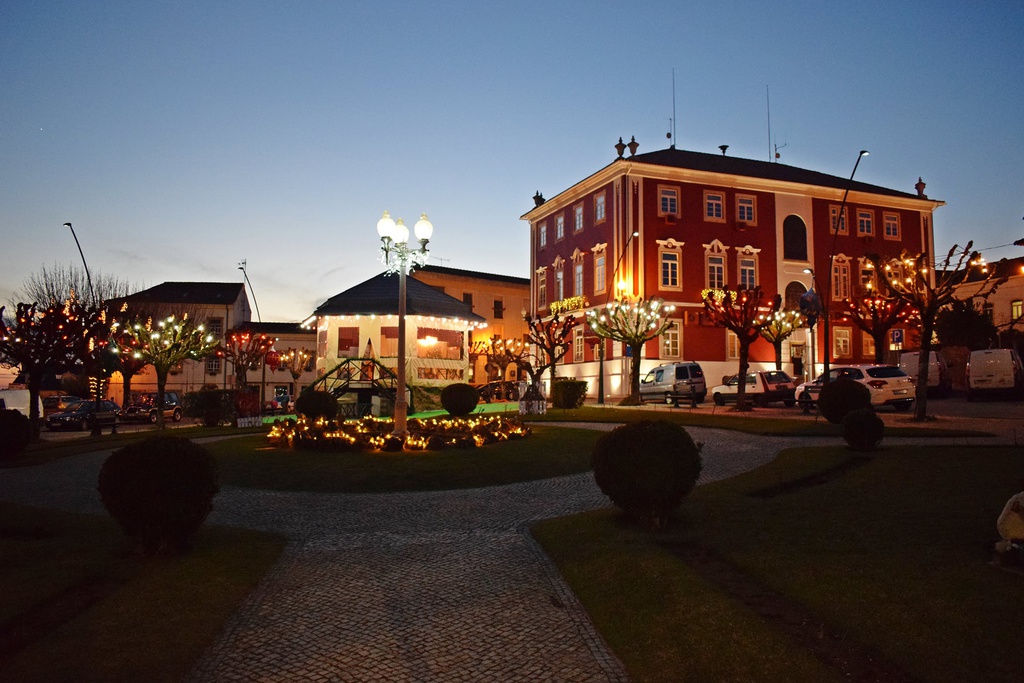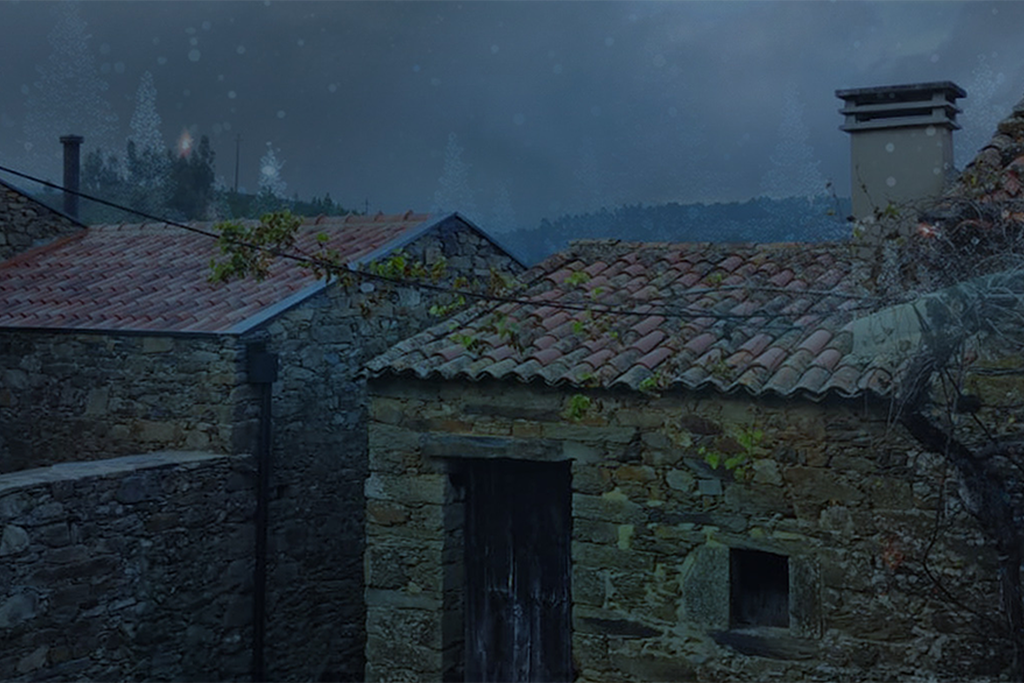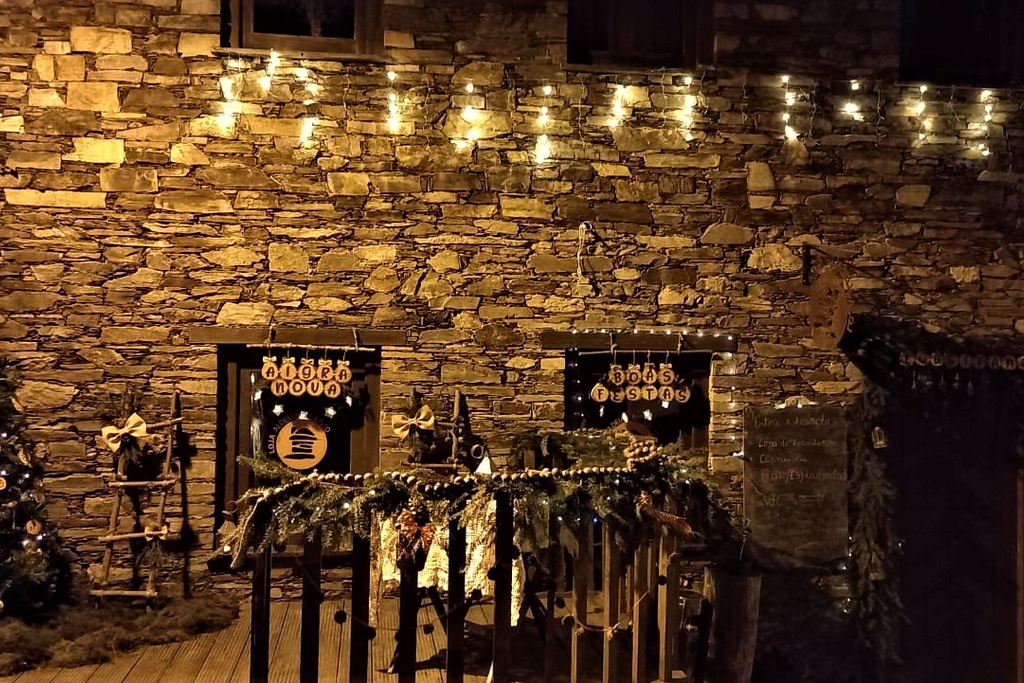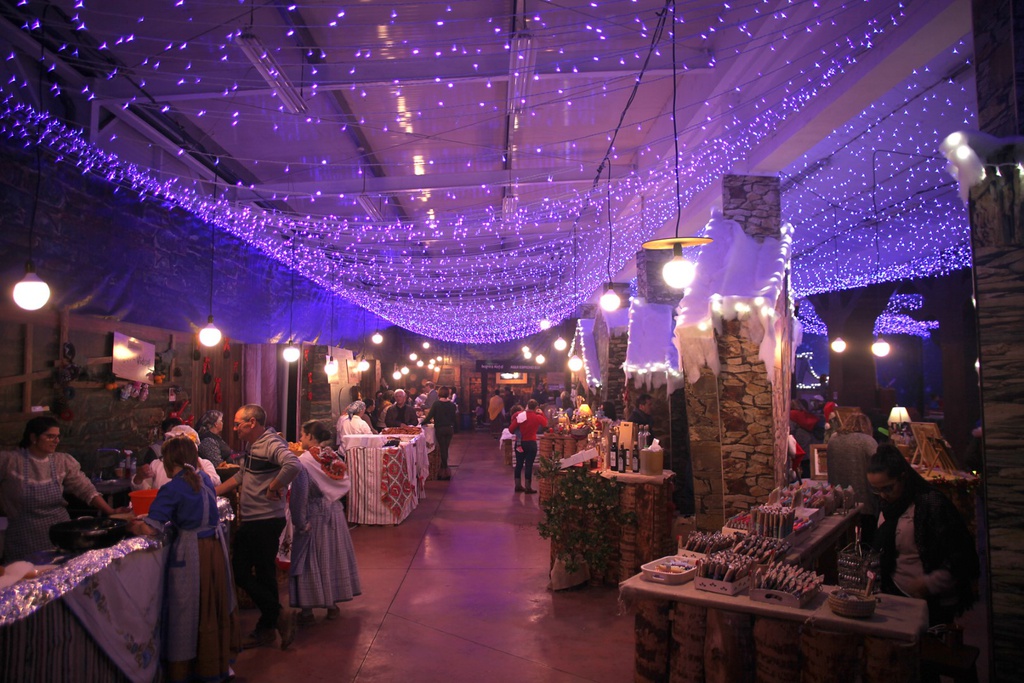It was 10.30 pm when, on 18 July, the lights went out in the Aldeia do Xisto of Janeiro de Cima. If he lived here, Rui Veloso would never have had any difficulty in gilding his path. There are plenty of stars in the sky in the Aldeias do Xisto, which have earned the international certification “Starlight Tourist Destination”. The excellent conditions of visibility, transparency and darkness of the sky, the commitment between public, private and scientific bodies, the readiness and quality of tourist services and also the genuine interest of the resident community have justified this recognition by the Starlight Foundation.
And it was by the light of the stars (with the help of a few mobile phones, of course) that the delegation led by the Deputy Minister of the Economy, Pedro Siza Vieira, left the facilities of the Fiado Restaurante and set off towards Lavandeira River Park, where a few dozen people gathered to watch the public presentation of Dark Sky Aldeias do Xisto.
“An extraordinary idea”
“This is a very special place. The sense of communion and the sound of the river embracing us is so special that talking almost spoils it”, the Deputy Minister of Economy began by saying. Accompanied by his Ministry’s Secretaries of State, Pedro Siza Vieira was enchanted by the welcoming environment into which he was received in the village. “The sky that has always covered you and the space in which you have always lived are something rare that not all of us can experience”, said the Minister.
For Pedro Siza Vieira, the certification of this “extraordinary idea” puts Dark Sky Aldeias do Xisto “on the world map” and shows that the country has the capacity to make better use of its potential and create products “from what we already have and that people appreciate”. The minister also recognised the importance of local communities in tourism development. “If it weren’t for local protagonists, driven by the love for and knowledge of their area and the will to share it with the rest of the world, none of this would happen”, mused the minister.
The Mayor of Pampilhosa da Serra and the Coimbra Region Intercounty Community (CIM) followed along the same lines. “Based on an innovative product, we will create new niches and, in this way, contribute to affirming Portugal as a destination”, said José Brito, who also considered that Dark Sky Aldeias do Xisto is “another force created in this area” and demonstrates the “commitment to a common agenda and with a focus on what makes sense for tourist activity”.
Dark Sky brings “paradigm shift”
“The mountains of Açor, Lousã or Gardunha may not be the largest in the world, but tonight they are the closest to the sky”, said the coordinator of ADXTUR - Schist Villages Tourism Development Agency. Paulo Fernandes, visibly proud of the route travelled, considered that this project, which recognises the “dark sky” as a resource, is accompanied by a change in paradigm: “Before, we sold days Now we have to change perspective and sell nights, as science, as a fruition and introspection experience, but also as science and knowledge”, argued the coordinator of ADXTUR.
Paulo Fernandes also said that this path shows that the Aldeias do Xisto, along with their partners, have been differentiating themselves, always seeking out “best practice” and favouring partnerships and network building.
Aim: “Quality and Differentiation”
“This is a long process, which is not finished and which takes on a great responsibility”, stated the head of the Dark Sky Association. Apolónia Rodrigues explained how the certification process took place, which involved assessments, measurements and audits. “ADXTUR’s work was appreciated and valued because there was an aggregation of effort that was not present in other areas”. There is still a lot of work ahead. It will be necessary, for example, to create the Dark Sky Route, as well as observatories and physical spaces that facilitate sky observation. Apolónia Rodrigues did not hesitate when it came to planning her destination: the idea is “to see the night in a different way”, to value silence and “avoid massification”. “We want quality, differentiation. This is what will provide us with an international profile”, concluded Apolónia Rodrigues.
In the audience was Miguel Claro, the astrophotographer and author of an image that clearly captures the potential of the Aldeias do Xisto’s skies, a copy of which was handed to the members of the Government.
The evening ended with a short talk about the night sky by the astronomer José Matos, of the University of Aveiro. Meanwhile, the Minister and Secretaries of State, as well as representatives of other organisations, boarded the Janeiro de Cima Boatand, in the middle of the River Zêzere, came to understand even better the reason why Dark Sky Aldeias do Xisto is a Starlight Tourist Destination.
Aldeias do Xisto take on new tourist positioning
Dark Sky Aldeias do Xisto is a project led by ADXTUR, in partnership with the Dark Sky Alqueva Association and is co-promoted by the CIM Coimbra Region. Completing the network of initial partners are the Telecommunications Institute of the University of Aveiro and the Faculty of Sciences of the University of Porto.
The recognition of Dark Sky Aldeias do Xisto as a “Starlight Tourist Destination” confirms a new tourist positioning that goes beyond merely observing the sky to become a strategic focus that reconciles tourist development with social and environmental sustainability, thus transforming an apparent weakness of the territory into a distinctive asset for economic and cultural enhancement.
The Aldeias do Xisto are a brand-destination that, over the past few years, have managed to establish a unique area as part of the Central Region and Country, based on tourism, experiment and knowledge,. They have done so by always looking for what is most distinctive and genuine about the landscape and communities, attracting investment and opening the door to projects that experiment based on the essence of their places. The relationship with nature, with the land and with the people has been the guiding principle of this activity, which seeks to revitalise the area based on its cultural uniqueness.
Text: Andreia Gonçalves



